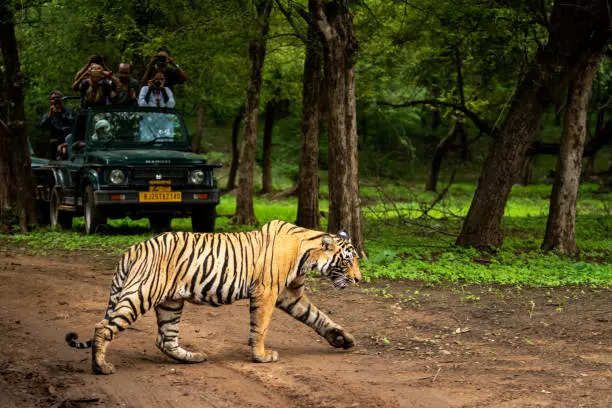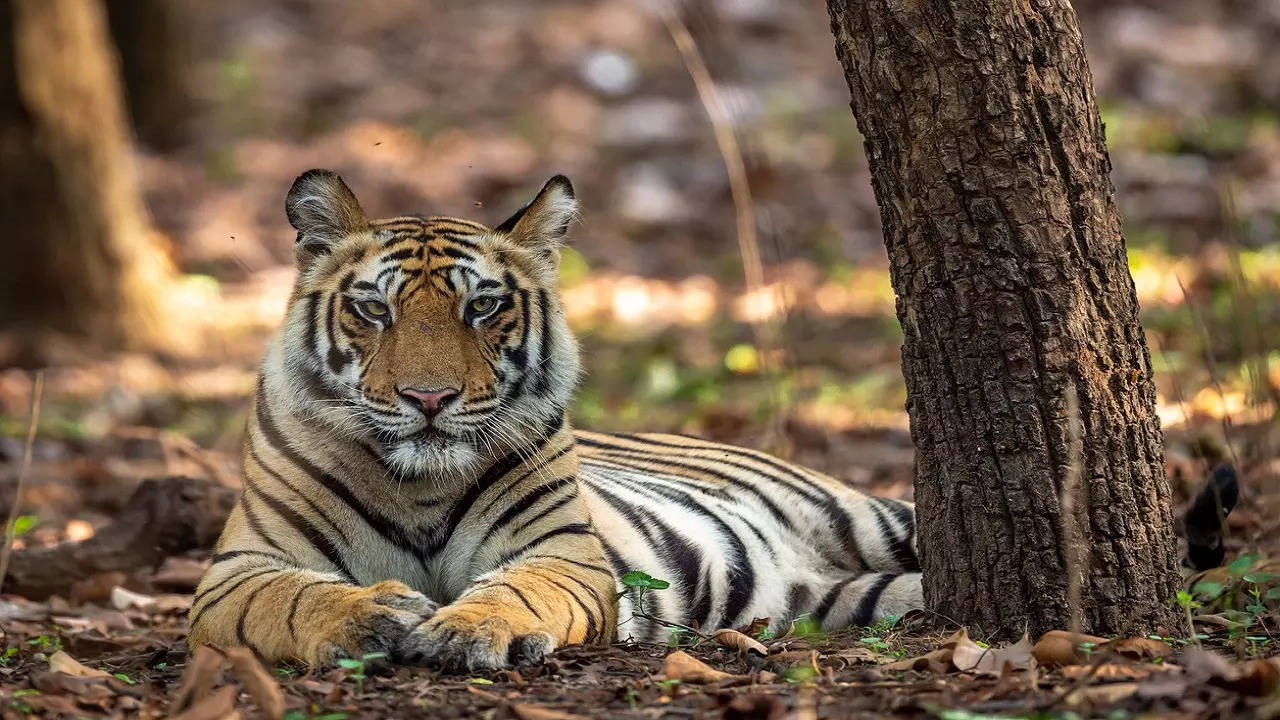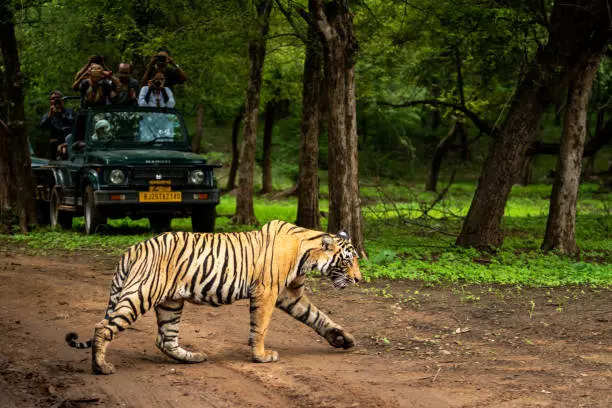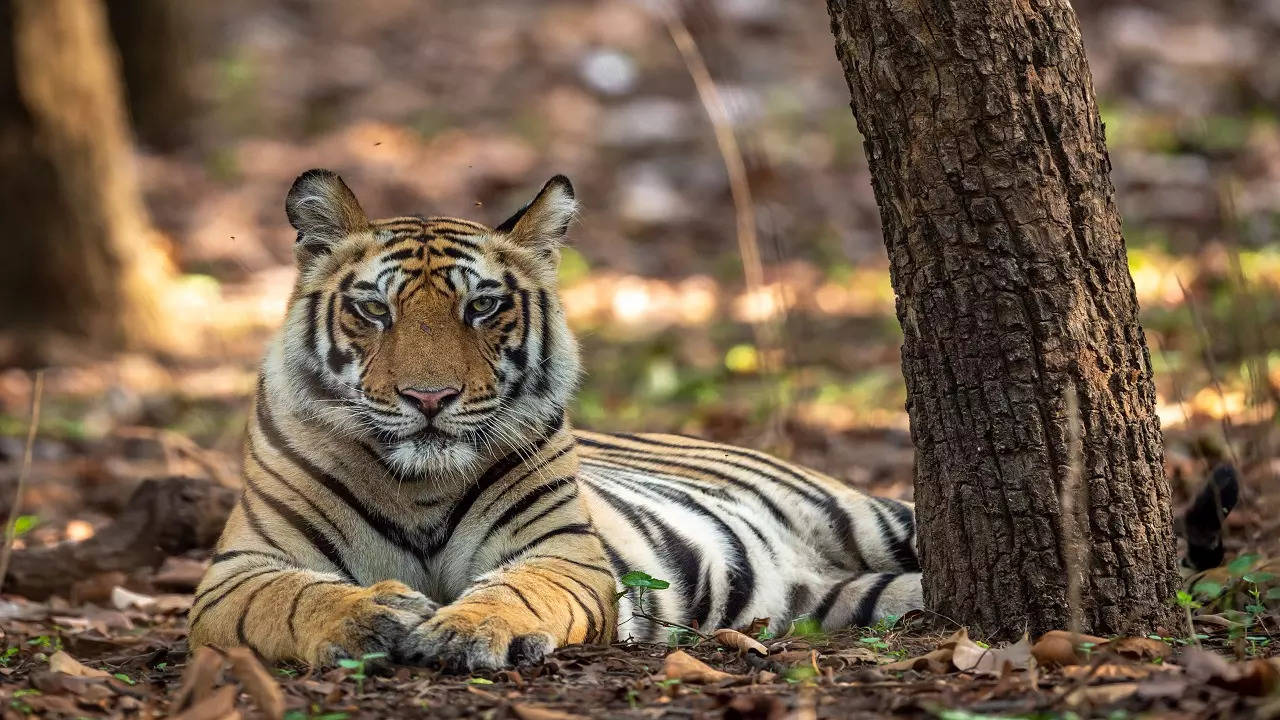
The main causes of such an alarming decline were poaching, loss of habitat, and human-wildlife conflict.
Related News
However, as we reached the deadline, only India managed to achieve its goal with Nepal faring well enough. India emerged as a beacon in tiger conservation globally. As per the census released in December 2021, the population of tigers in India is 2,967, hosting approximately two-thirds of the world’s tigers in less than one-fourth of the global range.
What drove India’s tiger conservation success story?
India invested billions of rupees in conserving its tigers and it shows. India worked on a war footing, with not just studying the behaviour of the big cats but also exploring all areas to give them an appropriate environment to grow.
India even relocated whole villages in the proximity of the protected areas and built the world’s largest underpass to give a safe passage to them on a highway.
The funding was also spent on government-sponsored studies of tigers in all its aspects to understand their behaviours.
Increased vigilance and conservation efforts from the government also included an increase in the number of tiger reserves from 28 in 2006 to more than 50 now. It was mainly because of an increase of tiger population in the core areas that the wild cats started to move out of there and in the latest census are also found in many new areas.
Crackdown on organised poaching gangs has also been one of the major factors in increasing of the population of tigers. Isolated poachers are still active but very rare.
However, we are not out of the woods yet and neither are the tigers. Beyond the staggering numbers on paper, the story is slightly murky. Most of the new tigers are limited to small areas and for tourism purposes.
This is particularly problematic because if they continue to move out, and their areas are limited, with even a slight human imprint on them, human-wildlife contact is inevitable and it never turns out to be good for wildlife.




